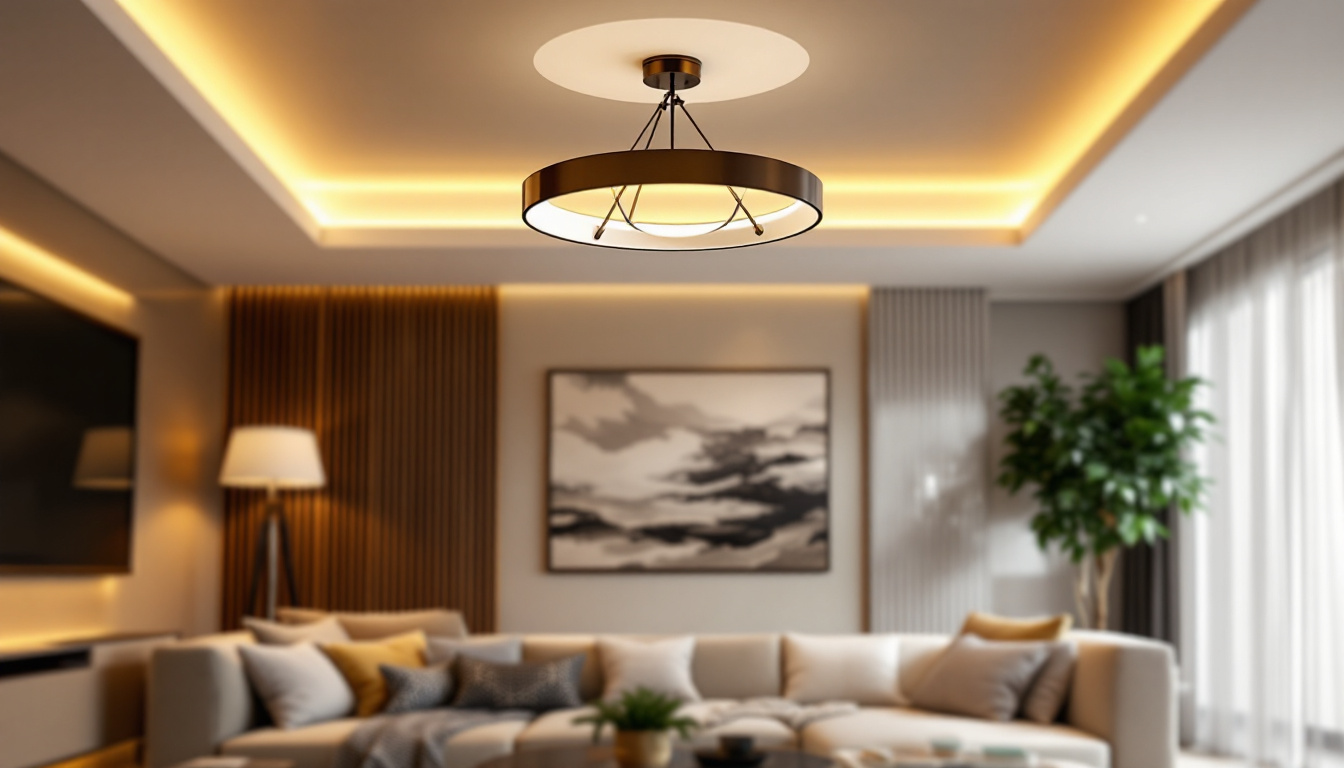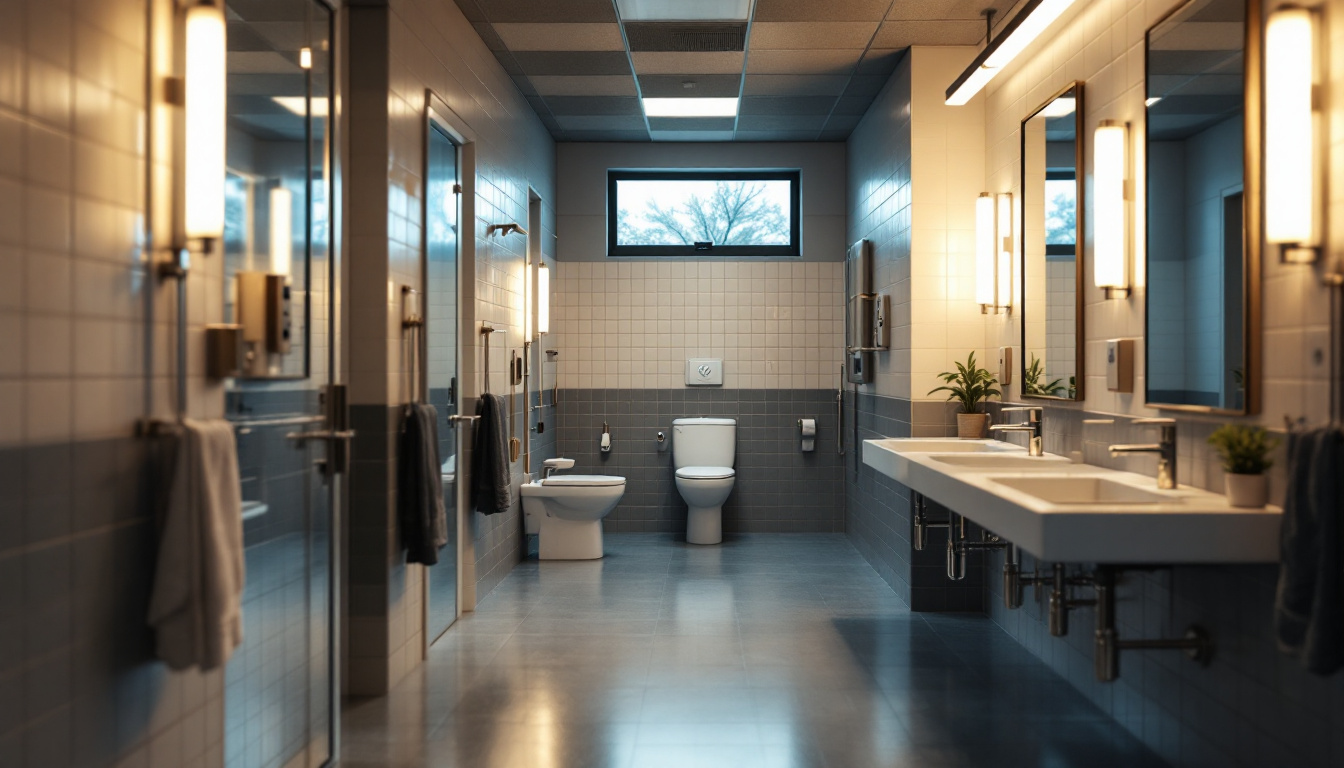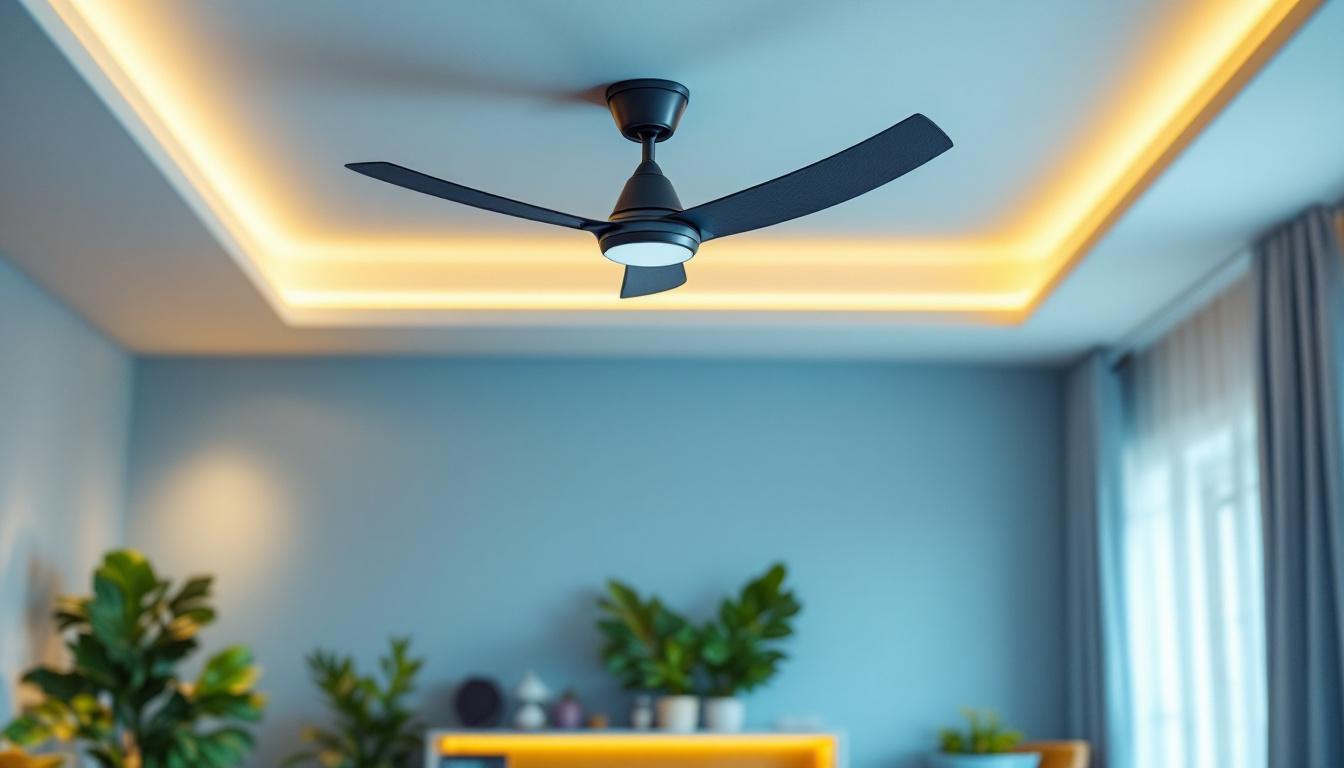
As a lighting contractor, understanding the nuances of ceiling lights for living rooms is crucial for delivering exceptional results. While the aesthetic appeal of lighting is important, functionality and practicality should also be at the forefront of design considerations. This guide aims to highlight common pitfalls in ceiling light installation and offers valuable insights to ensure that lighting contractors can provide the best solutions for their clients.
Before diving into the selection and installation of ceiling lights, it is essential to understand the specific characteristics of the living room space. Each room has its unique dimensions, color schemes, and furniture layouts that influence lighting choices.
Taking the time to assess the living room’s size, ceiling height, and architectural features can significantly impact the effectiveness of the lighting design. For instance, a small room may require different lighting solutions compared to a spacious area with high ceilings. Understanding how natural light enters the space throughout the day can also provide valuable insights into the types of artificial lighting that will work best, allowing for a harmonious blend of ambient and task lighting.
Measurements are fundamental. A common mistake is underestimating the importance of room dimensions. For example, a large living room may need multiple light sources to create a balanced ambiance, while a smaller room might benefit from a single, well-placed fixture.
Additionally, ceiling height plays a critical role in determining the type of fixtures to use. Low ceilings may require flush mounts or semi-flush fixtures, while high ceilings can accommodate pendant lights or chandeliers that draw the eye upward. It’s also worth considering the layout of the furniture; strategically placed lighting can enhance the functionality of the space, illuminating key areas such as reading nooks or entertainment zones without overwhelming the overall design.
The color palette of the living room can also affect how light is perceived. Darker colors absorb more light, necessitating brighter fixtures or multiple light sources to achieve the desired brightness. On the other hand, lighter colors reflect light, allowing for softer illumination.
Contractors should advise clients on how their color choices can influence lighting needs, ensuring that the final design complements the overall aesthetic of the living room. Furthermore, incorporating accent lighting can highlight specific features, such as artwork or architectural details, adding depth and character to the space. Understanding the interplay between color and light not only enhances the room’s visual appeal but also creates an inviting atmosphere that can adapt to various moods and occasions.
Selecting the appropriate fixtures is a critical step that can make or break the lighting design. There are various types of ceiling lights available, each with its advantages and disadvantages.
Understanding the purpose of each fixture and how it fits into the overall design scheme is essential. A common mistake is to choose fixtures solely based on appearance, neglecting their functionality and suitability for the space.
There are several types of ceiling lights to consider, including recessed lighting, chandeliers, flush mounts, and pendant lights. Each type serves a different purpose and can create varying atmospheres.
Recessed lighting is excellent for a clean, modern look, providing ambient lighting without taking up visual space. Chandeliers, on the other hand, can serve as a focal point, adding elegance and sophistication to the room.
While aesthetics are important, functionality should never be overlooked. A beautiful chandelier may not provide adequate light for reading or other activities. Therefore, it is essential to balance style with practicality, ensuring that the chosen fixtures meet the lighting needs of the space.
Contractors should engage clients in discussions about their lifestyle and how they use the living room. This information is invaluable for selecting fixtures that not only look good but also serve the intended purpose effectively.
Layering light is a technique that enhances the overall ambiance of a living room. By combining different types of lighting—ambient, task, and accent—contractors can create a more dynamic and inviting space.
Many contractors make the mistake of relying solely on one type of lighting, which can lead to a flat and uninspiring atmosphere. Instead, layering light can add depth and warmth to the room, making it more functional and enjoyable.
Ambient lighting serves as the primary source of illumination in a living room. It provides a general level of light that allows occupants to navigate the space comfortably. Ceiling fixtures such as flush mounts or chandeliers typically serve this purpose.
When planning ambient lighting, consider the overall brightness needed for the room. A well-lit living room should feel welcoming without being harsh or glaring.
Task lighting is essential for specific activities, such as reading, playing games, or working on hobbies. This type of lighting should be strategically placed to ensure that it provides adequate illumination where needed.
Incorporating floor lamps, table lamps, or adjustable pendant lights can enhance task lighting, allowing for flexibility and control over the light’s direction and intensity.
Accent lighting adds visual interest and highlights specific features within the living room, such as artwork, architectural details, or decorative elements. This type of lighting can create a dramatic effect and draw attention to focal points.
Using spotlights or wall sconces can effectively achieve accent lighting, ensuring that the living room feels layered and multidimensional.
In today’s environmentally conscious world, energy efficiency is a significant consideration in lighting design. Many contractors overlook this aspect, leading to higher energy bills and a larger carbon footprint.
Choosing energy-efficient fixtures and bulbs can not only save clients money but also contribute to a more sustainable living environment. This is an area where contractors can provide valuable guidance to clients.
LED lights have become increasingly popular due to their energy efficiency and long lifespan. They consume significantly less energy than traditional incandescent bulbs and produce less heat, making them a safer option.
When recommending lighting solutions, contractors should emphasize the benefits of LED technology, including lower energy costs and reduced maintenance needs over time.
Smart lighting systems offer an innovative approach to energy efficiency. These systems allow users to control their lighting remotely, set schedules, and adjust brightness levels according to their needs.
Incorporating smart lighting solutions can enhance the living room’s functionality while promoting energy savings. Contractors should stay informed about the latest smart technologies to provide clients with the best options available.
Living rooms are dynamic spaces that often evolve over time. As lifestyles change, so too do lighting needs. A common mistake among contractors is failing to plan for future modifications, which can lead to costly adjustments down the line.
Designing a flexible lighting plan allows for easy updates and modifications, ensuring that the living room can adapt to changing needs without requiring a complete overhaul.
Dimmers are an excellent addition to any lighting plan, allowing occupants to adjust the brightness based on their activities or mood. This flexibility can significantly enhance the living room experience.
Incorporating dimmer switches and smart controls can future-proof the lighting design, making it easier for clients to adapt their living spaces as their needs change over time.
As families grow or lifestyles change, the layout of a living room may need to be reconfigured. When planning lighting, contractors should consider how different furniture arrangements might affect the lighting design.
Designing a lighting plan that accommodates various layouts ensures that the space remains functional and visually appealing, regardless of how it is arranged.
Once the lighting plan is in place, the final touches can make a significant difference in the overall outcome. Effective communication with clients throughout the process is essential to ensure their vision is realized.
Contractors should take the time to explain the choices made during the design process, addressing any concerns or preferences the client may have. This collaborative approach fosters trust and satisfaction with the final result.
After installation, providing clients with maintenance tips can enhance their experience and prolong the life of the lighting fixtures. Simple advice, such as regular cleaning and bulb replacement, can make a significant impact on the longevity and performance of the lighting system.
By empowering clients with knowledge, contractors can ensure that their lighting solutions remain effective and beautiful for years to come.
Feedback is an invaluable tool for improvement. Contractors should encourage clients to share their thoughts on the lighting design and installation process. This feedback can provide insights into areas for improvement and help refine future projects.
Moreover, satisfied clients are more likely to refer contractors to others, creating opportunities for new business and strengthening professional relationships.
Designing and installing ceiling lights for living rooms requires a careful balance of aesthetics, functionality, and energy efficiency. By avoiding common mistakes and focusing on the unique needs of each space, lighting contractors can deliver exceptional results that enhance the living experience.
From understanding room dimensions to selecting the right fixtures and planning for future changes, each step plays a crucial role in creating a well-lit living room. By fostering open communication with clients and providing valuable insights, contractors can ensure that their lighting designs are not only beautiful but also practical and sustainable.
Ready to elevate your lighting projects with the perfect balance of quality, affordability, and convenience? Look no further than LumenWholesale for all your spec-grade lighting needs. Our extensive selection of premium lighting products is available at unbeatable wholesale prices, ensuring you get the best value for every installation. Say goodbye to inflated markups and hello to hassle-free bulk buying with free shipping. Don’t compromise on excellence—choose LumenWholesale for reliable, high-performance lighting that meets the highest industry standards. Explore our collection now and experience Wholesale Lighting at the Best Value.

Explore the pivotal role of school bathroom lighting in shaping contractors’ projects.

Discover how 2×4 LED lighting is revolutionizing the way lighting contractors approach their projects.

Discover how indoor arenas can transform lighting projects by providing the perfect environment for innovative designs and energy-efficient solutions.

Discover why ceiling fans are often overlooked yet essential components in lighting projects.